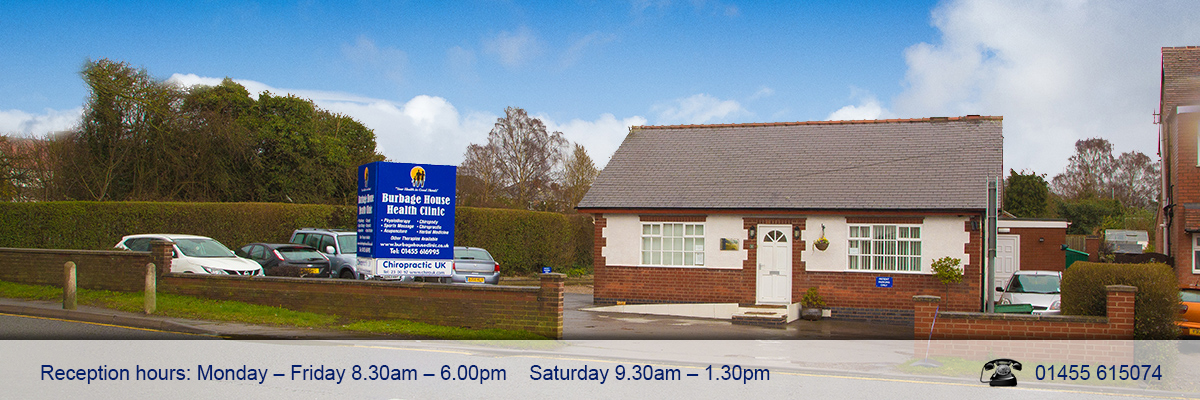‘What’s hip hinging?’ I hear you ask. Hip hinging is a very useful little trick to get your back into a stable a safe position every time you’re using it. More often than not back pain is a result of a gradual ‘wear’ on your back from poor posture and bad lifting techniques. The hip hinge stops this gradual build up of micro-trauma to the spine and can make your spine more stable and more resilient.
Hip hinging works because it corrects the problems associated with lumbar flexion. Lumbar flexion basically means bending forward from the waist. We tend to do this a lot – putting shoes on, picking things up off the floor, loading the washing machine. If you’ve experienced low back pain you’ll have realised straight away that putting on shoes and socks is suddenly quite difficult.
The anatomy of the spine is such that the muscles sit towards the back. That means they are stretched with lumbar flexion. Conversely, and more problematically, the cartilage discs in the spine sit more at the front. Therefore the discs get compressed with lumbar flexion. Continual bending causes repeated compression of the discs. As the discs are compressed they are squeezed sideways towards the spinal nerves. This is often how back pain starts. If this isn’t addressed the problems can worsen to cause a trapped nerve, a bulging disc, and muscle spasm.
Hip hinging, as shown, allows you to lean forward without altering the natural curve of the spine. There are many ways to describe how to achieve the hip hinge, but basically it involves sticking your bum out and a slight bend at the knees. That way you can lean forward without using your back – the movement comes from your hips. The best way to use the hip hinge is to do it all the time! Start using it for every little bend you need to do, when brushing your teeth, ironing, cooking, etc. The more you do it the more it becomes habit. You’ll be amazed how useful such a small movement is!


